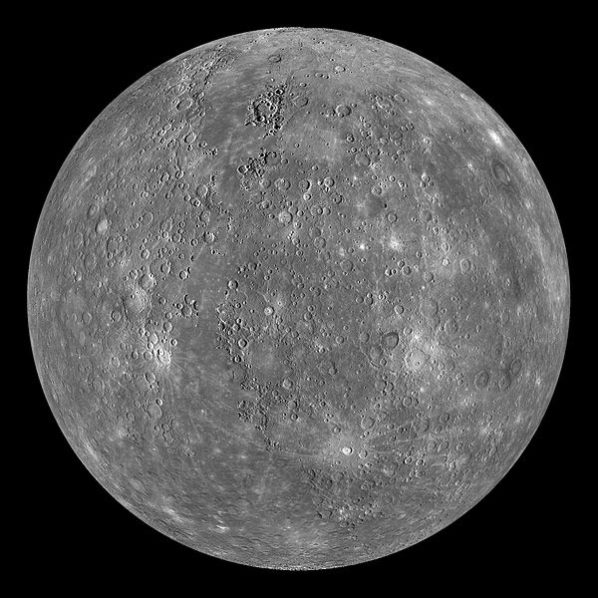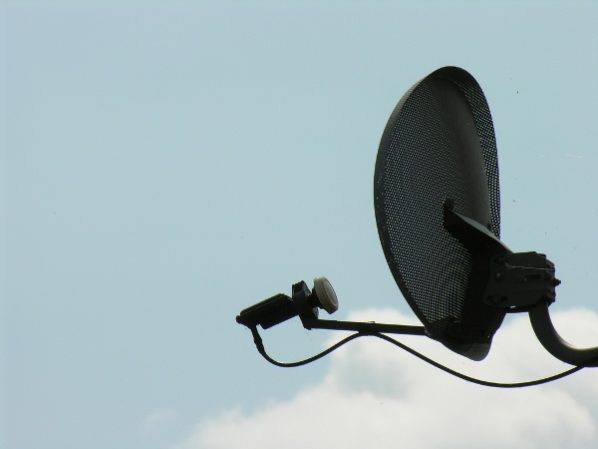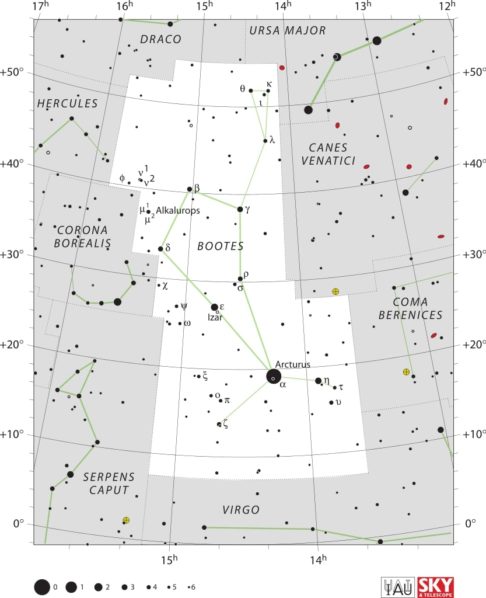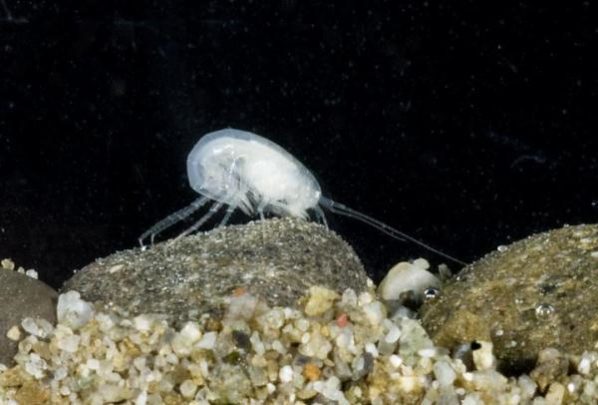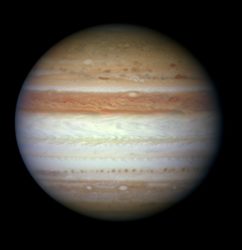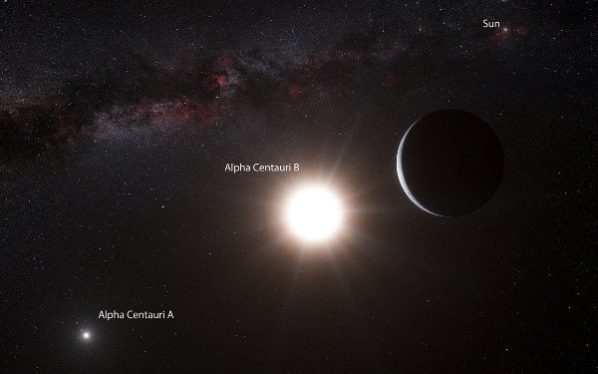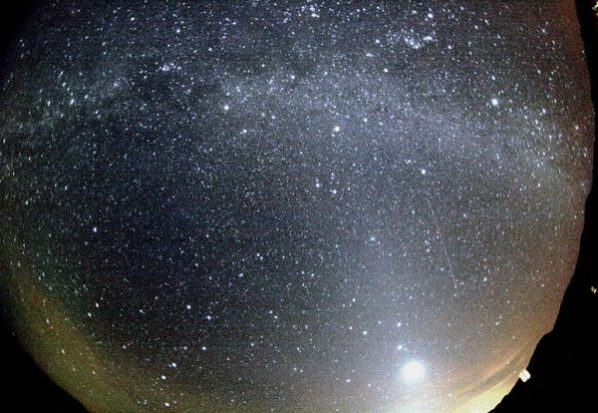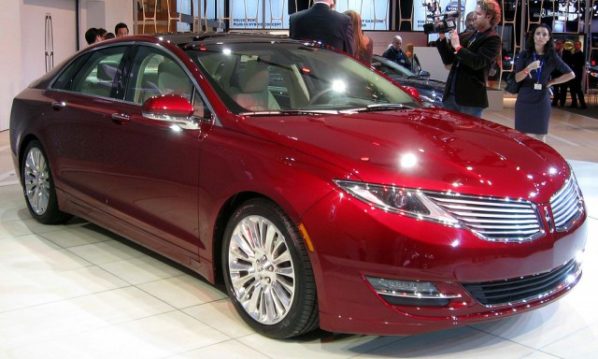Monthly Stargazing Calendar for April 2013
This month will be quite eventful and will have many interesting astronomical events. First of all, on April 14 we will witness the conjunction of the Moon and Jupiter. The Moon will appear to pass about two degrees of the giant planet Jupiter in the evening sky. The crescent moon will be at magnitude -10.6 and Jupiter at magnitude -2.1.
Monthly Stargazing Calendar for February 2013
This month will be the best time to see Mercury. Usually the planet is very hard to observe because it orbits very close to the sun and it can only be seen at dawn and dusk. However on the evening of February 8, Mercury will be seen within less than 0.4 degrees of the much-fainter planet, Mars.
Satellite vs. Cable: How to Know What’s Best for You
The war between cable and satellite television service has always been a particularly brutal one from a corporate standpoint. Both satellite and cable providers do their best to woo potential customers with discounts, incentives and plenty of other benefits. Plenty of advertisements both highlight and mock the inherent deficiencies and drawbacks of each service, an aspect of the cable and satellite war that sometimes ratchets up to ridiculous proportions.
Monthly Stargazing Calendar for January 2013
On the night of January 3 and 4 the Quadrantids meteor shower will peak. It is an above average shower, with up to 40 meteors per hour at the peak. Some meteors can be visible from January 1 - 5. Unfortunately the near last quarter moon will hide many of the fainter meteors with its glare.
Three New Species Found in Freshwater Caves
Divers explore New Zealand's Pearse River caves, discovering three new species while searching for the river's mysterious source deep underground.
NASA Releases Amazing Night View of Earth
NASA's Suomi NPP satellite captures stunning night imagery, revealing societal contrasts and aiding advanced meteorological predictions.
Monthly Stargazing Calendar for December 2012
On December 3 Jupiter was at Opposition. The giant planet was at its closest approach to Earth and its was fully illuminated by the Sun. Jupiter will still be very bright in the sky for the next few weeks. This is the best time to view and photograph Jupiter and its moons.
Monthly Stargazing Calendar for November 2012
The month of November will be quite eventful when it comes to astronomical events, especially the second half of the month when we will be able to observe two eclipses, a meteor shower and a planetary conjunction. First of all, on November 13 there will be a total solar eclipse.
Nearest Exoplanet Discovered in the Alpha Centauri System
Astronomers from the European Southern Observatory have discovered the nearest extrasolar planet to date, in the Alpha Centauri star system 4.3 light years away. The system is composed of three stars -- two stars similar in size to our Sun orbiting close to each other and…
Monthly Stargazing Calendar for October 2012
By the end of this month on October 20 and 21 the Orionids meteor shower will peak. It is an average shower producing about 20 meteors per hour at the peak. This shower usually peaks on the 21st, but it is highly irregular. A good show could be experienced from October 20 to 24, and some meteors may be seen any time from October 17 to 25.
The Lincoln MKZ’s Hightech Sunroof
If you are in the market for a new luxury model sedan to show off to your friends, then the Lincoln MKZ with the option of a panoramic new high tech sunroof. Not only is the Lincoln MKZ a beautiful, sleek car, but it has the features that you want in performance, safety and durability. Stats of the Lincoln MKZ sedan This car is turbocharged with a 2.0 liter, four cylinder engine with variable valve timing. It is rated at 33 miles per gallon on the highway and 22 miles per gallon on city roads. It is powerful with 240 horse power and 270 feet pound of torque at 3,000…
Monthly Stargazing Calendar for September 2012
By the end of the month on September 29, Uranus will be at opposition. The gas giant will be at its closest approach to Earth and its face will be fully illuminated by the Sun. This makes it the best time to view Uranus. Due to its distance, it will only appear as a tiny blue-green dot in all but the most powerful telescopes.


